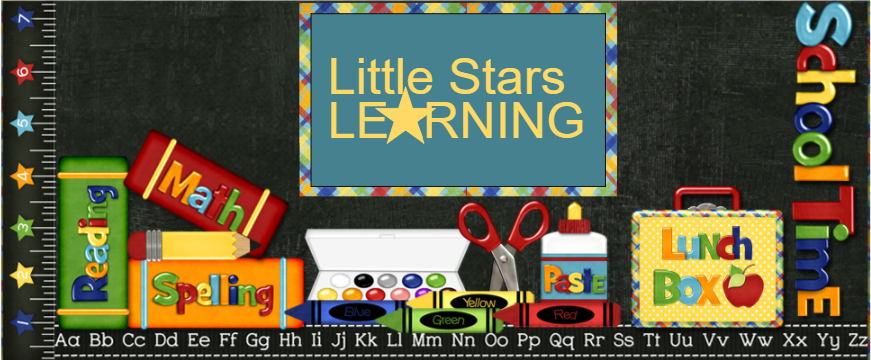"Little mouse, little mouse
are you behind the [color] house?"
Since I teach 12 colors, we use all of them when we do this as a large group activity. The children take turns choosing a color house for us to check behind. The toddlers can choose any color, but the preschoolers can't choose a color that has already been chosen by someone else. This works memory, observation, and pushes them to try to identify colors they may not be comfortable identifying. If they truly don't know the color word, they can point to it and their friends can help.
If I am wanting to work specific colors with a certain child or children, then I'll pare it down to as far as just 2 relevant ones.
PATTERN:
I used markers to add the features coloring and a small google eye.
You'd think that they could tell which one the mouse is behind. It's bulky enough for an adult to figure out, maybe, but the children don't. When they hit on the one with the mouse and it's revealed, you'd think it was Christmas they way they are overjoyed and excited. No matter what their age!
Since the children choose colors they know, I can assess color knowledge through this activity. Though they usually choose colors they know well, by doing this as a group activity, they are able to see, hear and learn the other colors through the choices of their friends and will often expand their choices as we go through the 2nd and 3rd rounds of play.
I will also use this as a prediction activity and occasionally ask everyone to raise their hands who think it is and is not behind that color.
If I see that a particular color is not being picked, I'll step in and ask if anyone know what that color is, and if there is no response, I'll provide the color word and they'll repeat it a couple times before we return to the activity.
The children also have the option of doing flannel boards as an independent activity. For the younger ones, they can color match. With our color match cards.
The older ones can use our color word, number, or ordinal cards.
ADVANCED ACTIVITIES:
Color Beginning Sounds: The children choose a color by saying, "The color that begins with a G!" I'll respond to the group, "What color starts with the letter G?" and the group will respond. It gets interesting with P for purple and pink, but that's a learning experience. Depending on the silliness we get and if necessary, I'll eventually ask the child back, "Is the ENDING sound [phonetic pronunciation] L or K?"
Color Spelling: It can be used as a color spelling activity, as they have to spell out the color they choose. I can differentiate within the group activity with having the toddlers pointing, the preschoolers saying the color word, and the pre-ks spelling. If I'm wanting to work on spelling color words, then I'll just work with the pre-ks as a small group activity. There is a color word wall behind them, and if they get stuck, they can turn around for a look. Resource utilization is a big thing here.
Positional Statements: The child has to give a positional description rather than a color description. For instance, ABOVE the purple house. To the right of the orange, to the left of the tan, below the black, 2 left from the red, above and to the left of the black... They usually try to outdo one another on the complexity of position, and it becomes a logic and reasoning game for everyone.
Alphabetize: The child does the color word match, then places the colors in alphabetical order on the flannel board. This is an individual or pair activity.
If you have the time and want to get fancier, here's a darling version from Storytime Kate. Since I use this flannel board to teach colors to very young children, I didn't want the colors to be confused by too much other-color detail. For older children, these houses would lend themselves to additional levels of play.
Tags: flannel, felt, board, preschool, homeschooling, gifted, advanced, toddler, color, colors, recognition, fine motor, logic, reasoning, matching, spelling, words, center, center time,




















No comments:
Post a Comment
Note: Only a member of this blog may post a comment.